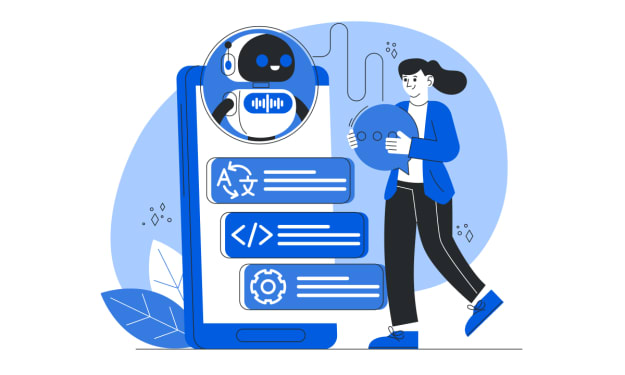Bitcoin Deconstructed - Part 3
Bitcoin Miners

Introduction
This is the third and final article on how Bitcoin works. In the first article, you learned about hash functions and how they are used to produce hash codes. In the second article, you learned what a Block Chain is and how it is structured. In this article, you will see how all the parts fit together and how Bitcoin miners produce new Bitcoins and facilitate transactions on existing Bitcoins.
Bitcoin Miners
Many people believe that the purpose of a Bitcoin miner is to produce new Bitcoins. This is false. Bitcoin miners are rewarded for their efforts with new Bitcoins, but their purpose is to enable people to transact Bitcoins.
This is an important distinction. Let’s compare it with gold miners. If all the gold miners were to suddenly stop mining gold, gold would still exist. People would still buy and sell gold. The same is not true for Bitcoin. If the Bitcoin miners stopped, there would be no way to do Bitcoin transactions, and in essence, Bitcoin would disappear.
Bitcoin Miners – Compensation
Bitcoin miners are compensated in two ways for creating new blocks. For each block they create, they are awarded a certain number of Bitcoins. In addition, they collect the fees people offer for including their transaction on the block.
As of 2021, Bitcoin miners are awarded 6.25 Bitcoins (BTC) for each new block they create. This award is cut in halve every 210,000 blocks (about every four years). This award for creating new blocks will cease once 21 million BTC have been generated. Because the halving process awards ever smaller amounts of BTC, it will take until 2140 for the awards to stop altogether. However, in 10 years, the BTC awarded will be less than one BTC (.78125).
They are also compensated by collecting the fees that are offered for executing the transactions. These fees are optional, but the miner is under no obligation to include any given transaction. The miner is likely to scan the transactions waiting to be recorded and choose the ones with the highest fee. If you remember, a block can hold about 2000 transactions, and the average transaction fee is in the $5 to $7 range.
Bitcoin Miners – Block Creation
Bitcoin is designed to limit block creation to approximately one every ten minutes. It does this by using the nonce (an arbitrary number on the block header), the difficulty target (a number that the hash code must be less than), and the block hash code.
Bitcoin then takes the transactions, most of the header, the nonce, and performs a hash operation. If the hash code is less than the difficulty target, it can publish the block to the chain. Sounds simple enough, but the odds of finding a hash code that is less than the target are astronomical. It can take over 2 quadrillion hash operations before one is found. The process involves running the hash function, check target, increase the nonce by 1, and repeat. The kicker is if someone else gets there first, you must start all over.
Every 2016 blocks, miners will calculate the average time it’s been taking to generate blocks and adjust the difficulty target accordingly.
Bitcoin Miners – Consensus
Bitcoin is a decentralized system. There is no one to oversee its miners, no one to audit the books, no one to check for fraud. What would stop an unscrupulous miner from simply making up a hash code or having all the transactions go to his account.
To prevent this, over half the miners have to verify and agree that everything has been done properly. Once a majority of the miners agree, the block can be added to the block chain.
Bitcoin Miners - Recap
You now have a basic understanding of how Bitcoin works. There are, of course, more details. But you now know the basics and can carry on an informed discussion of Bitcoin.
You know Bitcoin miners must always exist to process transactions, even after all the new Bitcoin has been mined.
You know that miners are compensated by being awarded new Bitcoin for each block, along with collecting the transaction fees.
You know, blocks contain approximately 2000 transactions and are created on average once every ten minutes.
You know it can take over two quadrillion tries to find a hash code that is less than the target.
You know that a majority of miners must approve of any new blocks.
I hope you have enjoyed this series of articles.
About the Creator
Steve Lance
My long search continues.






Comments
There are no comments for this story
Be the first to respond and start the conversation.